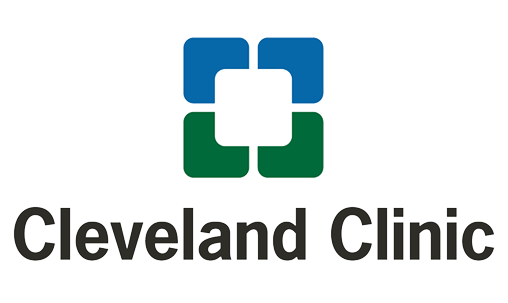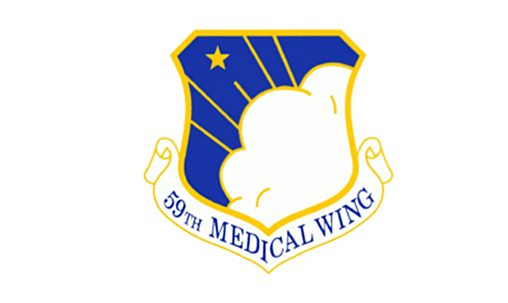CENTERLINE BIOMEDICAL IOPS®
FDA Cleared Endovascular Navigation Technology
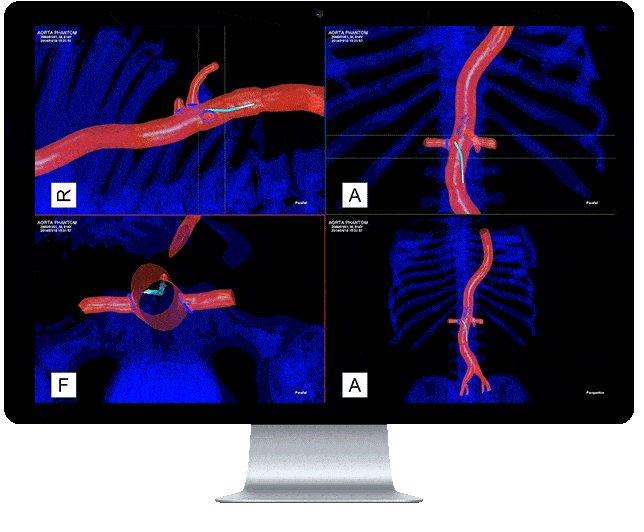
- Mitigate Radiation Exposure
- Real Time Navigation
- 3D Color Image Guidance
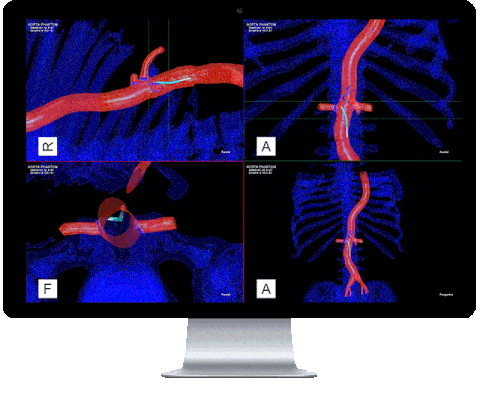
CENTERLINE BIOMEDICAL IOPS®
FDA Cleared Endovascular Navigation Technology
Mitigate Radiation Exposure
Real Time Navigation
3D Color Image Guidance
Our Mission
We provide navigation technology to reduce radiation exposure and improve accuracy. We champion innovation for patients and caregivers alike to create a world where healthcare is safer and more accessible.
Intra-Operative Positioning System (IOPS®)
YESTERDAY
X-Ray Fluoroscopy
- Current “gold standard”
- Used in 4 million procedures per year
- Low-quality 2D Image Guidance
- Relies on harmful radiation and contrast dye
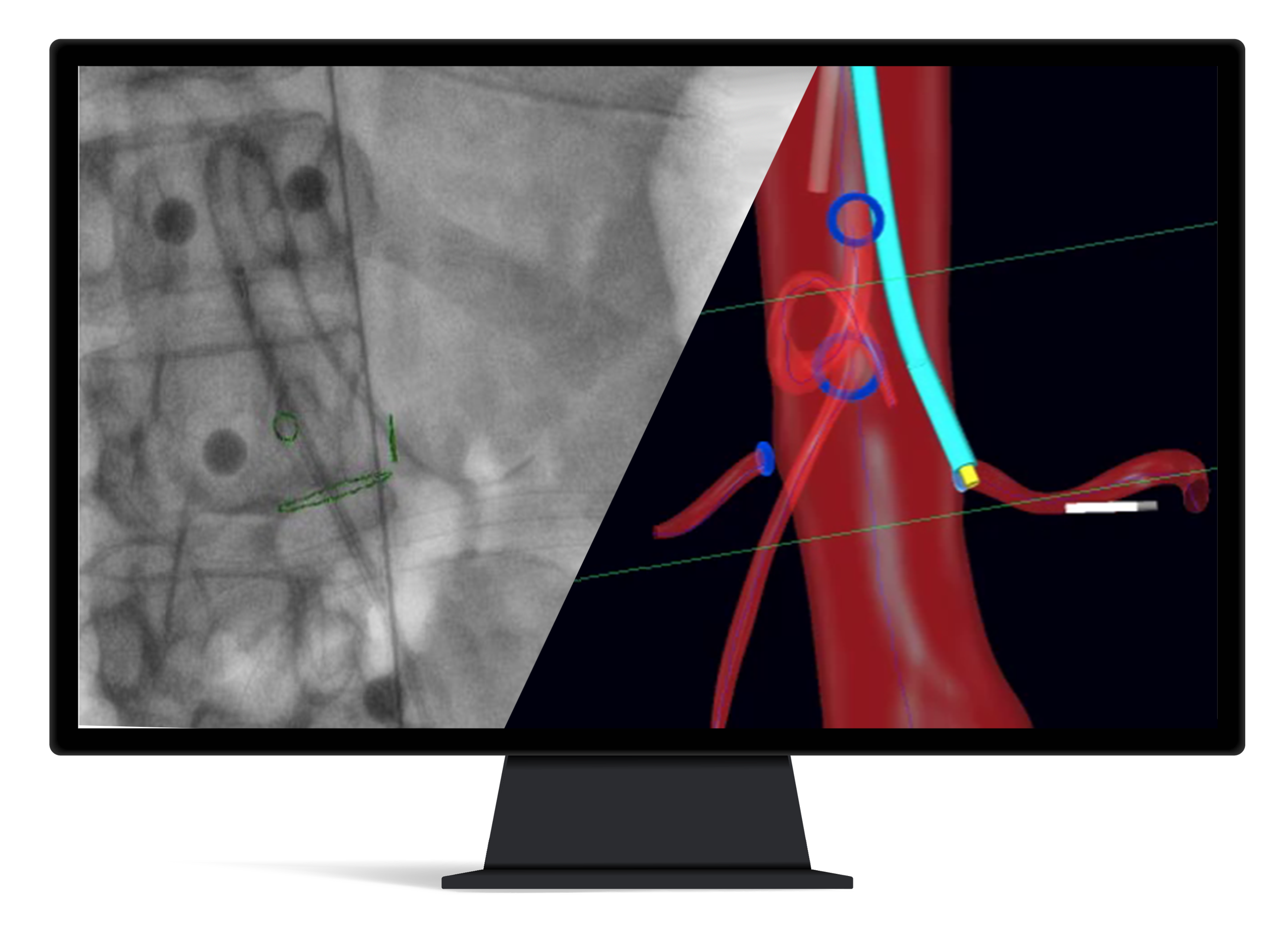
TODAY
IOPS® Navigation
- Interactive navigation with real-time positioning
- High-quality 3D Image Guidance
- Portable system
- Decrease radiation exposure
YESTERDAY
X-Ray Fluoroscopy
- Current “gold standard”
- Used in 4 million procedures per year
- Low-quality 2D Image Guidance
- Relies on harmful radiation and contrast dye

TODAY
IOPS® Navigation
- Interactive navigation with real-time positioning
- High-quality 3D Image Guidance
- Portable system
- Decrease radiation exposure
YESTERDAY
X-Ray Fluoroscopy
- Current “gold standard”
- Used in 4 million procedures per year
- Low-quality 2D Image Guidance
- Relies on harmful radiation and contrast dye

TODAY
IOPS® Navigation
- Interactive navigation with real-time positioning
- High-quality 3D Image Guidance
- Portable system
- Decrease radiation exposure
Mitigate the Growing Risk of Radiation Exposure

%
Display significant posterior subcapsular lens changes, a precursor to cataracts 1

%
Of self-reported brain tumors in interventionalists originated on the left side of the head, the area closest to the radiation source 2

%
Incidence of spine issues after 21 years in practice, a result of wearing heavy radiation protection apparel 3

%
Of interventional cardiologists miss work due to orthopedic issues 4
1. Vano E, et al. Radiation-associated lens opacities in catheterization personnel: results of a survey and direct assessments. Journal of Vascular Interventional Radiology 2013;2: 197-204.
“It’s estimated that complex cases have a 15 times higher dose of radiation compared to a standard endovascular case.”
“This will be a game-changer in the era of endovascular therapy.”
MATTHEW EAGLETON, MD – Chief of Vascular Surgery, Massachusetts General Hospital
COLLABORATIONS
